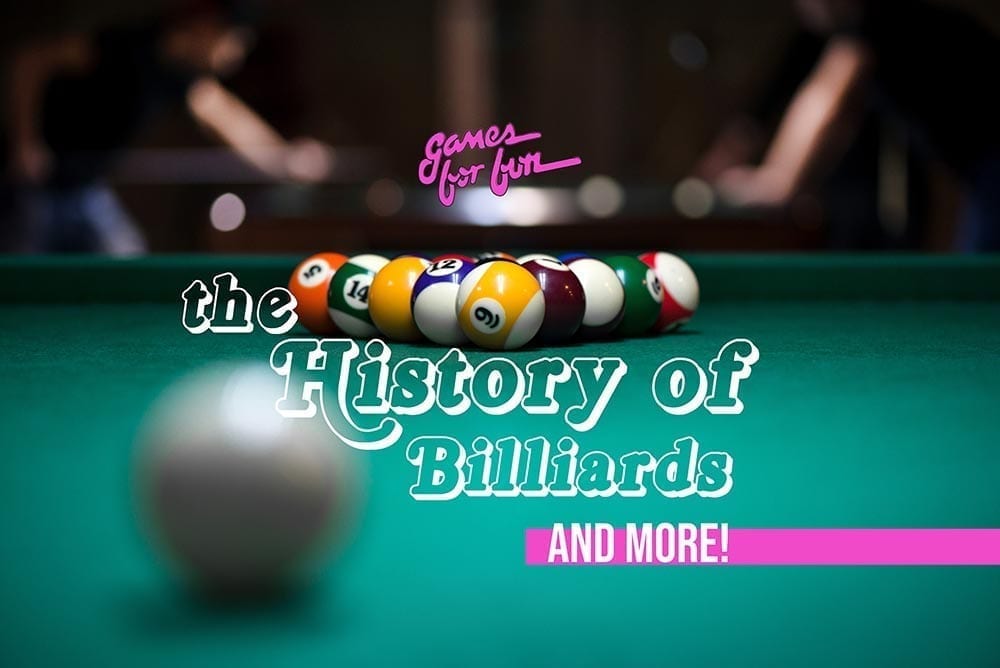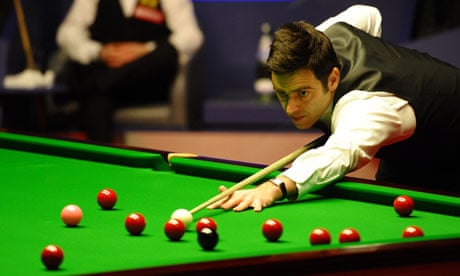
There are many options for pool balls, depending on who made them and what type of resin was used. A quality pool ball is essential for professional skill development and can make all the difference in playing pool. If you have a set of quality balls, you can expect them to last for a very long time.
The first pool balls were made out of wood. As the game evolved over time, the ball manufacturers looked for alternatives to wood. In 17th-century England, pool balls were made out of ivory. It was popular due to its durability and smoothness. It was also quite affordable to make. Manufacturers looked for other alternatives as the elephant population declined during the latter part of the 19th Century.

In 1907, Leo Baekeland, an American chemist, invented bakelite, a plastic that is made from polymers. Bakelite was a popular choice for pool balls in the 1920s. Compared to celluloid balls, bakelite was less flammable and more durable. It was also simple to make and did NOT explode. It is a plastic but not the same as modern resins. It is a thermosetting resin that cannot be melted.
The next type was a plastic made from a mixture nitrocellulose and alcohol. This resin is still used today, and it is called phenolic resin. Circuit boards can also be made from phenolic resin. The resin is strong enough to be used for pool balls. It is used in making pool balls, in a manner similar to bakinglite.
Polyester is another material that can be used to make pool balls. Polyester is more economical than phenolic. It doesn't retain its shine for nearly as long, however, as phenolic. In addition, polyester is not very durable. Polyester pool balls can be more easily worn. In addition, they do not last as long as phenolic resin balls.
In 1923, a Belgian company named Saluc specialized in manufacturing pool balls. Saluc is most famous for Aramith balls, which are made from pure phenolic. The resin used in Aramith balls is a combination of the properties of bakelite and phenolic resin. A thermosetting plastic, Phenolic resin, is often very durable. It can last up 40 years. It can also be used for volleyball balls, which are durable and can withstand up to 400,000 impacts.

There are many other types of plastics that can be used to make pool balls. While polyester pool balls are cheaper than phenolic, they are less strong than phenolic. Additionally, polyester pool ball will not last as long phenolic resin pool balls. These pool balls are still affordable and can last for a long time. While phenolic resin pool balls make the best choice for tournaments, they can be quite expensive.